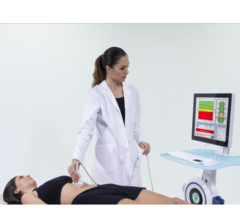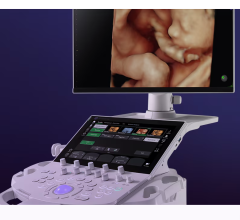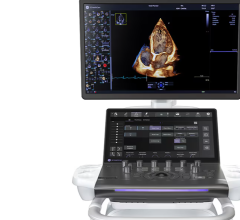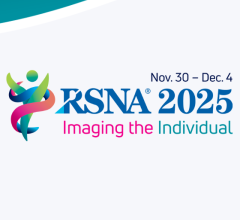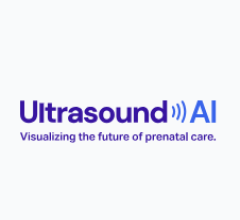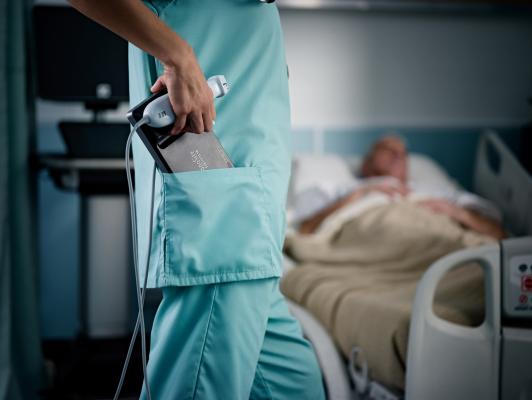
May 30, 2017 — According to a new study presented at the American College of Radiology (ACR) annual meeting, the use of follow-up imaging is significantly less when initial emergency department (ED) ultrasound examinations are interpreted by a radiologist than a nonradiologist. The work, conducted by researchers at the Harvey L. Neiman Health Policy Institute, was named an ACR 2017 Gold Merit Abstract Award recipient in the Advocacy, Economics and Health Policy category.
The researchers used 5 percent Medicare data files from 2009 through 2014 to identify patients in the ED setting where the patient underwent an initial ultrasound examination. They determined whether the initial ultrasound was interpreted by a radiologist or a nonradiologist and then summed all additional imaging events occurring within 7, 14 and 30 days of each initial ED ultrasound. The differences in the mean number of downstream imaging procedures for radiologists and nonradiologists were calculated.
“We found that radiologists still interpret that vast majority of ED US [ultrasound]. Of 200,357 ED ultrasound events, 81.6 percent were interpreted by radiologists and 36,788 by nonradiologists,” said Van Carroll, M.D., MPH, a radiology resident at the Brookwood Baptist Health Diagnostic Radiology Residency Program.
Carroll and his colleagues discovered that across all study years, ED patients with ultrasounds interpreted by nonradiologists underwent 1.08 more imaging studies within seven days, 1.22 more imaging studies within 14 days, and 1.34 within 30 days of the initial ED ultrasound event. For both radiologists and nonradiologists, the volume of subsequent imaging decreased over time. Despite that decline, differences in follow-up imaging between radiologists and nonradiologists persisted over time.
“While the causes of this difference are not clear, the previously documented higher use of limited ultrasound examinations by nonradiologists or a lack of confidence in the interpretations of nonradiologists may potentially explain this increase in follow-up imaging examinations,” said Bibb Allen Jr., M.D., FACR, a co-author and chair of the Neiman Institute advisory board.
Allen added that further analysis will be necessary to fully elucidate the causes of the discrepancy, since resource use will be a critical metric in federal healthcare reform.
“Since emerging federal health reform includes cost and resource use as part of the Medicare Quality Payment Program, emerging patterns of care such as point of care ultrasound should include resource use in outcomes evaluation. Efforts toward improving documentation of findings and archiving of images as well as development of more robust quality assurance programs could all be beneficial.”
ACR 2017 – The Crossroads of Radiology took place May 21-25 in Washington, D.C.
For more information: www.acr.org

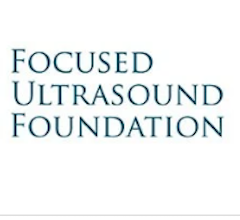
 December 23, 2025
December 23, 2025 
